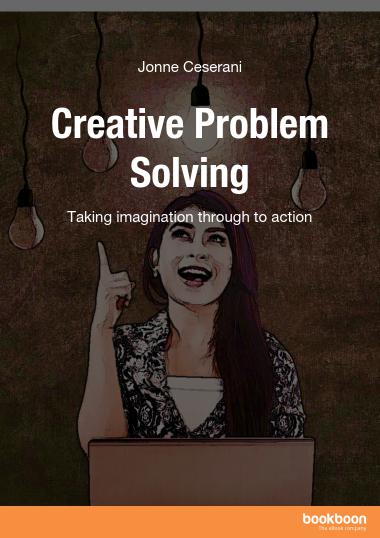Creative problem-solving: the 4 principles of creative problem-solving

Creative problem-solving takes imagination through to action through the mental process of searching for an innovative solution to a problem. Creative problem-solving is often most effective through teamwork and brainstorming making it fun, imaginative and collaborative. However, imagining new and innovative solutions isn’t always easy, but by following a few steps, your team will be more likely to reach success. Creative problem solving has four core principles. Let’s explore each one in more detail.
Balance divergent and convergent thinking
Divergent thinking is a spontaneous and free-flowing approach to problem-solving which involves creating many unique solutions in  order to solve a problem. Convergent thinking solves problems in a more systematic and logical way. The key to creativity is learning how to identify and balance both, and knowing when to practice each one.
order to solve a problem. Convergent thinking solves problems in a more systematic and logical way. The key to creativity is learning how to identify and balance both, and knowing when to practice each one.
Defer or suspend judgment
When it comes to creative problem-solving, brainstorming is an essential element. When brainstorming, it is important to cast judgment aside and be open to all ideas. Judging solutions early on tends to shut down idea generation.
Present problems as questions
 When problems and challenges are presented as open-ended questions, it is much easier to come up with multiple solutions. Open-ended questions generate more information than closed-ended ones, which usually result in yes or no answers, limited responses or none at all.
When problems and challenges are presented as open-ended questions, it is much easier to come up with multiple solutions. Open-ended questions generate more information than closed-ended ones, which usually result in yes or no answers, limited responses or none at all.
Got problems? We’ve got the solution: our weekly #FrictionlessFriday newsletter has all the answers and more!
Use “Yes, and” rather than “No, but”
When formulating ideas and solving problems, language is important. When one or more individuals are working towards a solution, using positive, active language such as “Yes, and” allows continuation and expansion, which is necessary for successful creative problem-solving. The use of the word “but” – preceded by “yes” or “no” – ends the conversation, negating everything that has come before it.
Having problems solving problems? our weekly #FrictionlessFriday newsletter has the solution!




